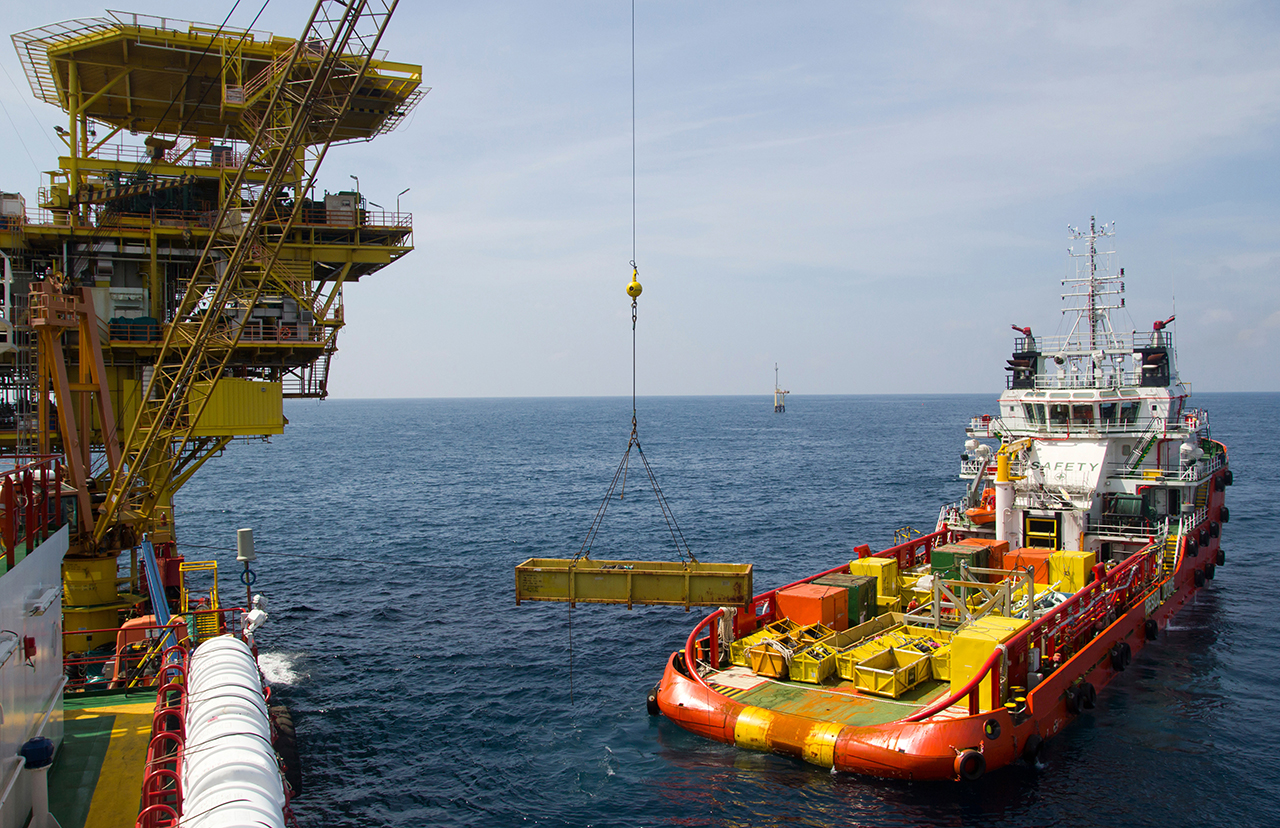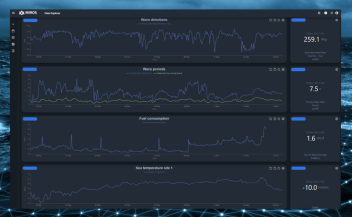How to keep up with the ever-evolving advances in technology
A subscription can future-proof your technology
Moving to an “as-a-service” subscription is the way of the future for operators who want to make sure their offshore sensor technology is always up to date.




We are an industry that’s heavily reliant on data as a key driver of efficient, effective, and safe ways of working. In most scenarios, we need that data to be precise and accurate, up to the minute – preferably in real time – and reliable enough to give us complete confidence to respond to what’s put before us.
For most operators, how the data is collected isn’t particularly important, it’s all about the quality of the data, and operators will invest heavily in ensuring that what they buy is the best that’s available on the market at that time.
But in an industry where we have experienced unprecedented speed of development and innovation in new technology in recent years, what is best on the market today will already be outdated by what’s on the market tomorrow.
For example, Miros’ most recent advancement is WaveFusion®, a high-quality sensor that reliably measures directional and non-directional waves at multiple locations around a wind turbine without compromising accuracy.
Innovative as it is though, it’s just a sensor and however good it is today it will be superseded by what we develop tomorrow. So increasingly, innovation cannot just be in the product – it must be in the business model that supports it.
Keep up with advances in technology
To ensure that technology will always be current and up-to-date, operators are increasingly seeing the merit of subscribing to an as-a-service (aaS) solution rather than simply purchasing hardware outright. That gives them the assurance that the best technology is always available to them, not just at purchase but for as long as they need it.
On paper, investing in hardware that will repay itself within a few years seems to make sound economic sense. Subscribing to a service will work out more costly over that same time period, and you won’t own the hardware at the end of it.
But in that same timescale, the hardware you invested in and now own will quickly no longer be the most up-to-date on the market. Advances in technology will continue to develop hardware, including sensor hardware, that is faster, smarter and with capabilities for delivering data that will be beyond what we might even imagine today. And if your hardware is not on track with that, you risk being left at the station when the train leaves.
While the hardware you own might function capably for decades, is working with today’s technology in 10, 15, or 20 years as sound a business proposition as having ongoing access to technology continually being developed and updated over the entire life span of a project.
There are other advantages to aaS over purchase.
Traditionally on a typical hardware purchase, you take over responsibility for operating and maintaining the equipment, and monitoring data quality once the warranty comes to an end. If a problem arises or an upgrade is needed, for example to ensure compatibility with other, newer systems, you will have to maintain a staff team to fix it or contact someone to do that for you.
With an aaS model, it’s the supplier who has responsibility for maintaining and updating the hardware, fixing any problems, ensuring data gathered are as accurate and reliable as possible and, crucially, ensuring that the technology never becomes outdated.
With technological advancements in this arena ever-evolving, subscribing to an aaS model not only keeps the user updated with the present, but it provides future-proofing that guarantees that the service will be compliant with tomorrow’s innovations.
At this stage, we don’t know where technology will take us in 10 years’ time. Looking back at the last decade, the market comprised small companies that were developing similar radars. The really big change has been the availability of the data. Then, and even now in some cases, data gathered from a sensor was sent to a local computer with firewalls and security fences which could be difficult for stakeholders to access.
That was the result of a variety of factors – available technology, security, transmission issues due to lack of fiber cables and mobile links which couldn’t carry that amount of data. Today, our technology uses the cloud, transmitting high-quality data in real-time to anywhere in the world allowing stakeholders to access data from a sensor monitoring sea state while relaxing on holiday, sitting on a plane or on the desktop in their office. That wasn’t possible five years ago.
To move ahead successfully, we must continue to look ahead if we are to succeed in the future. Let’s not rely on yesterday’s technology for tomorrow’s innovations and energy solutions.

